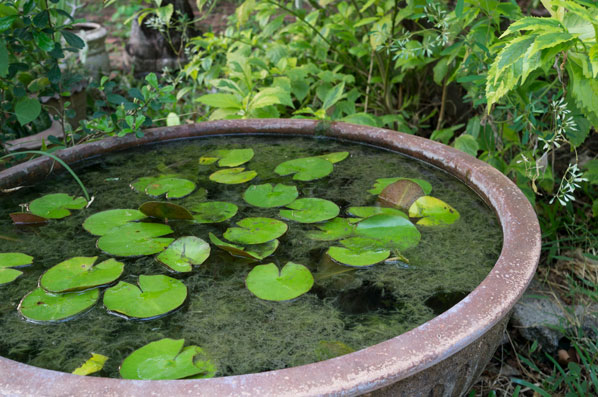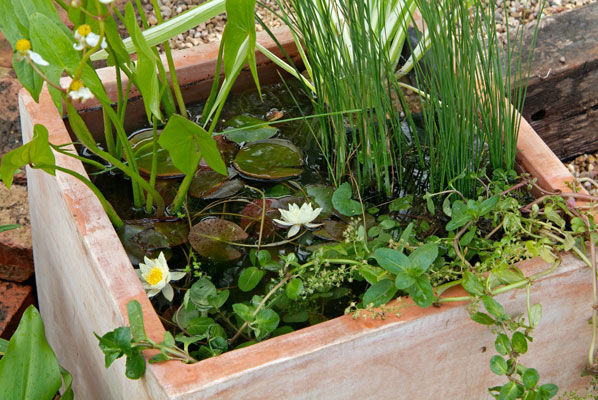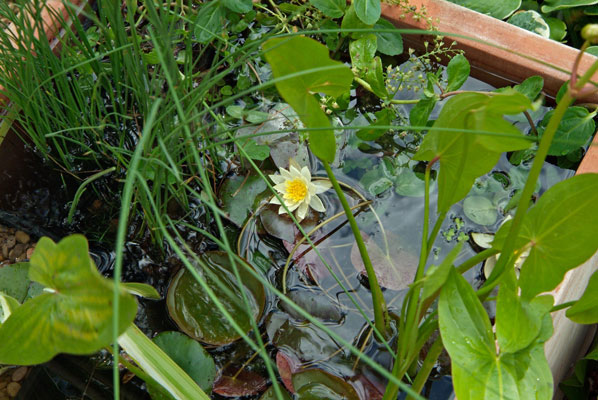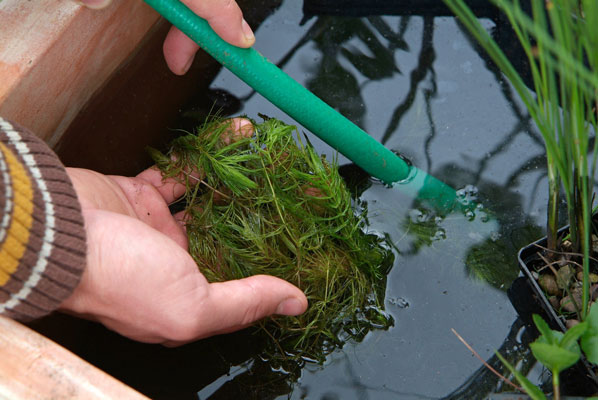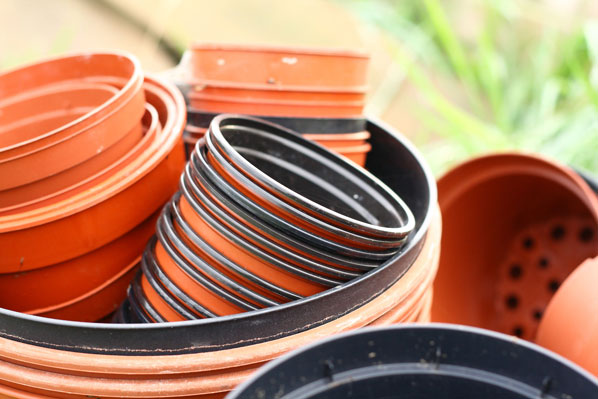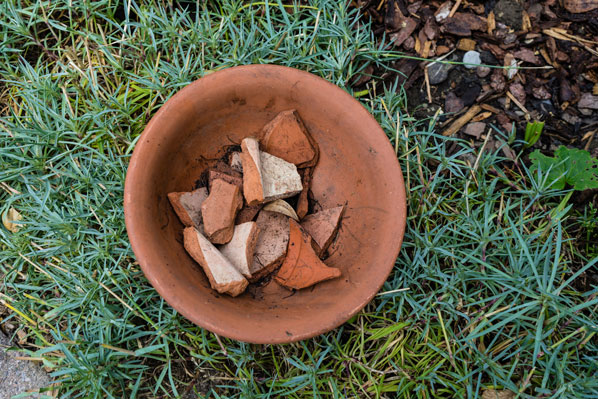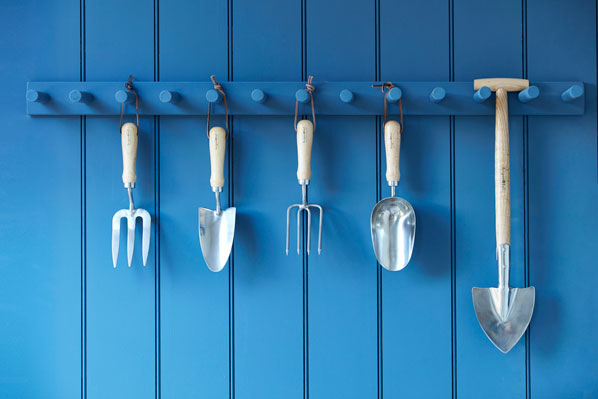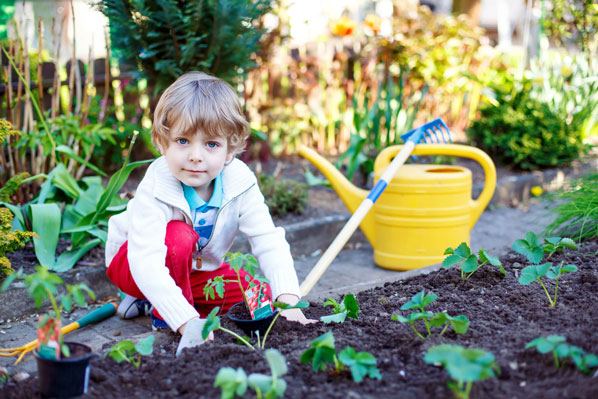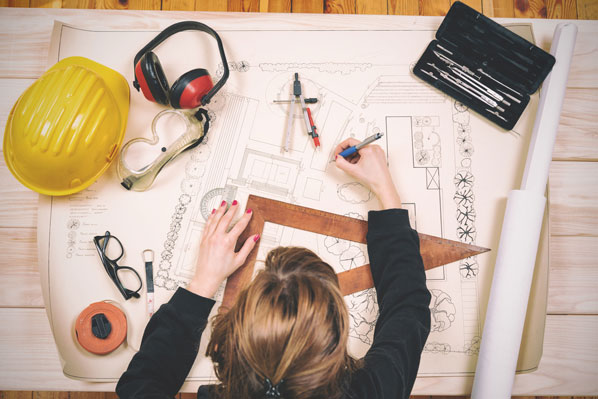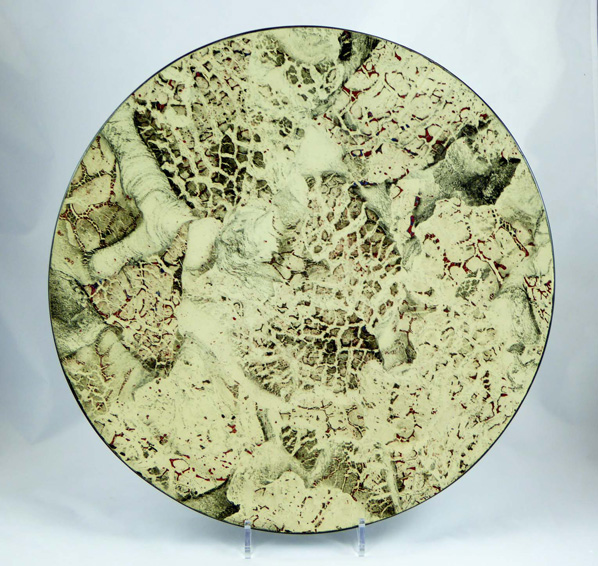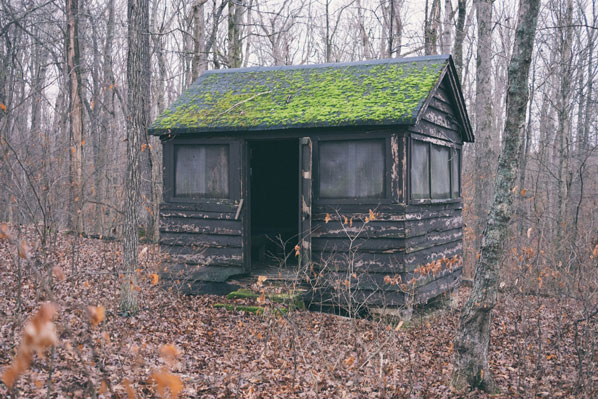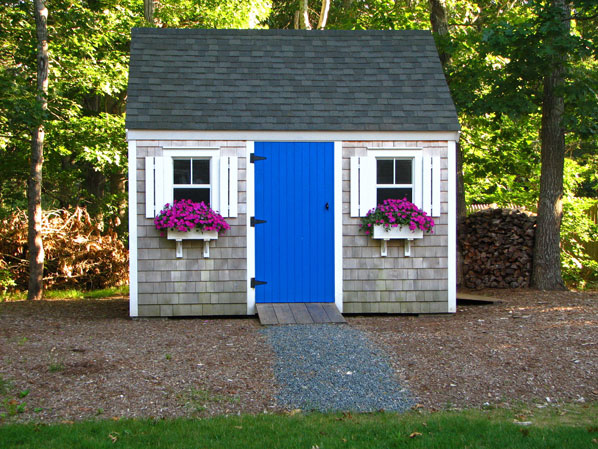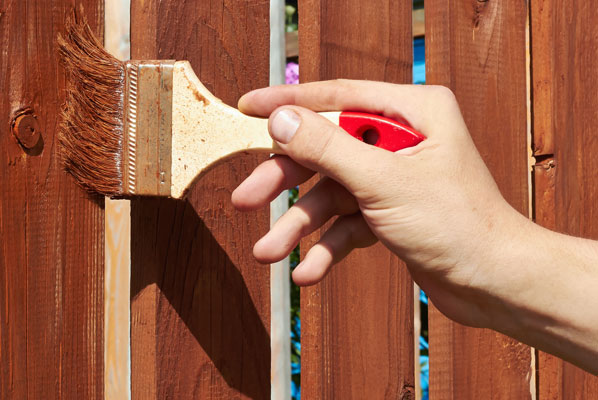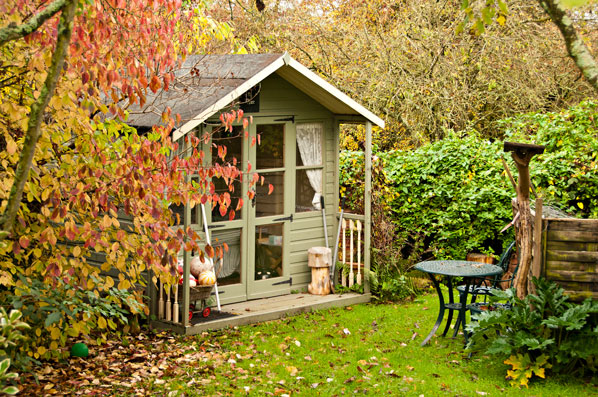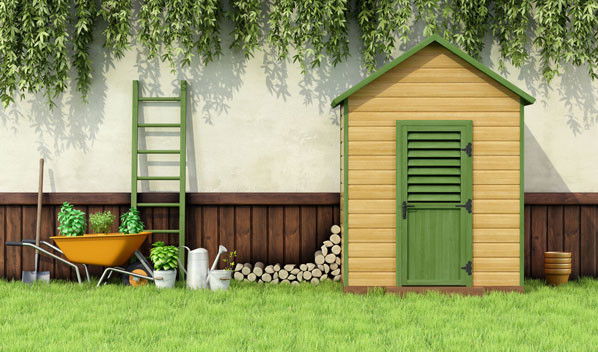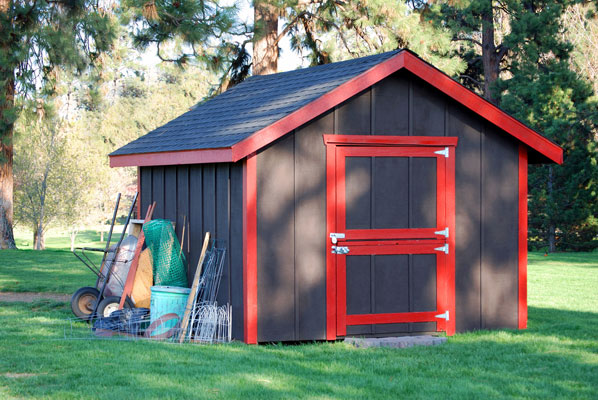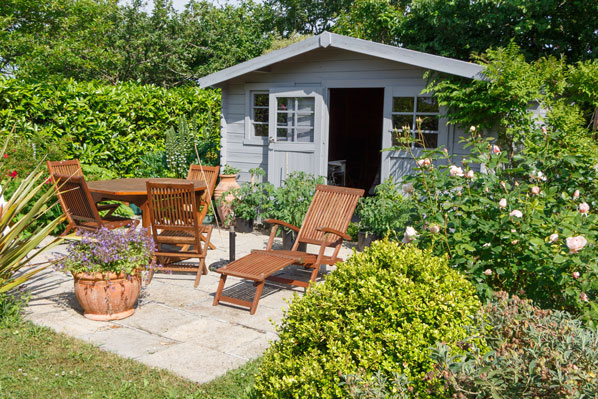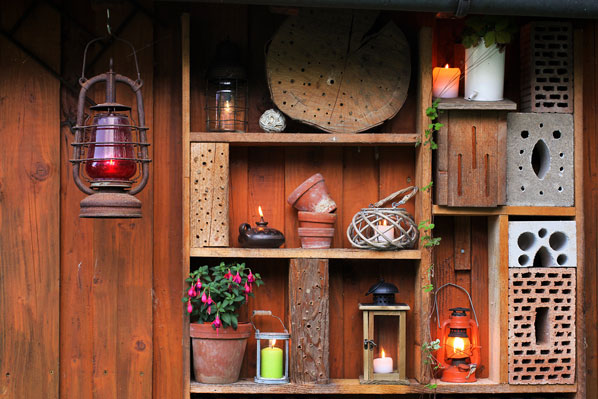Restoring Landsdowne's Kristine Hall shares her styling secrets for 'decor-gramming' success.
If you love your home, you want to show it off – which these days, of course, means posting fab shots on Instagram.
Some of us are apparently so keen to win those likes that we’ll even cheat with ‘fake’ posts! In a survey for the Ideal Home Show, one in six people confessed to having posted an image of someone else’s home and pretended it was theirs. Plus, 18% of the 18-24-year-olds quizzed said they wouldn’t buy a house if they didn’t think it would impress on social media.
That might be taking the trend to extremes, but who doesn’t want Insta-worthy interiors?
Interior designer Kristine Hall, who set up her design and styling company after documenting her own decor project, Restoring Landsdowne (restoringlansdowne.com), knows all about making a space an Insta-hit. Hall’s calm, pared-back Scandi-inspired style is a favourite with decor-grammers (at current count, she has over 44k followers).
Want to steal her secrets? Here, Hall, who will giving advice at the Ideal Home show, shares six simple steps for conjuring an utterly Instagrammable home. Let the posting and boasting begin…
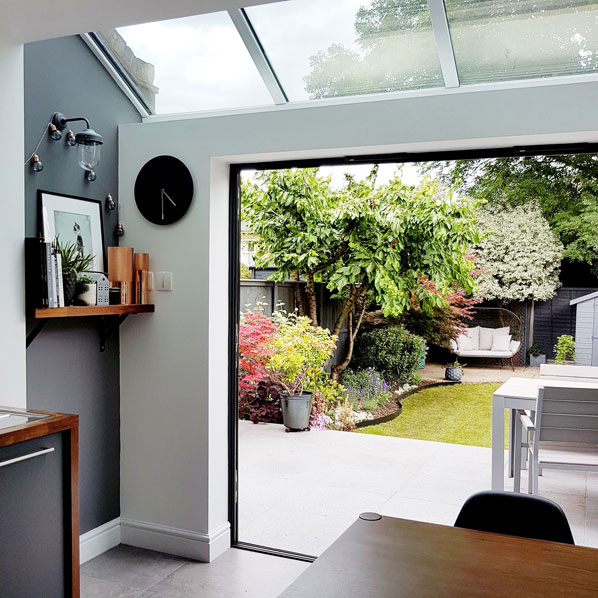
1. Create a feature with paint
“Paint is the easiest and most affordable way to refresh a space and give it the wow factor,” says Hall. “Go a step further and use it to define an area, an architectural feature, or create character in an otherwise bland room.
“Painted half-walls are bang on trend, but you can also add drama by painting your window frames black (bonus – it makes greenery outside really pop). Alternatively, define a ‘headboard’ shape in paint on the wall behind a bed. Anything goes, and this is big on impact and low on commitment.”
INSTA TIP: Look out for lozenges – the shape, not the sore throat remedy, says Hall. This pill-like form is popping up in all things interiors, from tables and mirrors, to dinnerware and lamps.
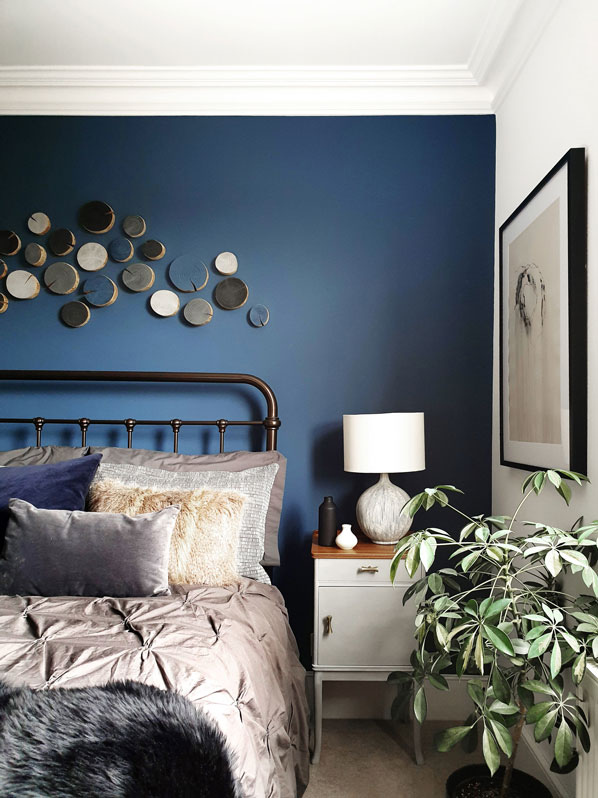
2. Show your bed some love
“Treat your bed the way you treat your wardrobe: Buy separates that coordinate and mix them up,” advises Hall.
“Avoid a ‘matchy-matchy’ look by choosing bed linens in different shades, which complement each other and your room. Mix block colours with contemporary Scandi prints, cottons with velvet or chic wrinkly linens, and add texture with chunky throws and cushions.
“If you think it’s hard to get out of bed now, just wait until you’ve finished piling on those lush layers.”
INSTA TIP: Take it nude! Ultra-fashionable grey has had its (very long) moment in the Insta-spotlight, Hall declares, and colours are moving in a warmer direction. Earthy neutrals, like sand, oatmeal, jute and tan, are the way to go.
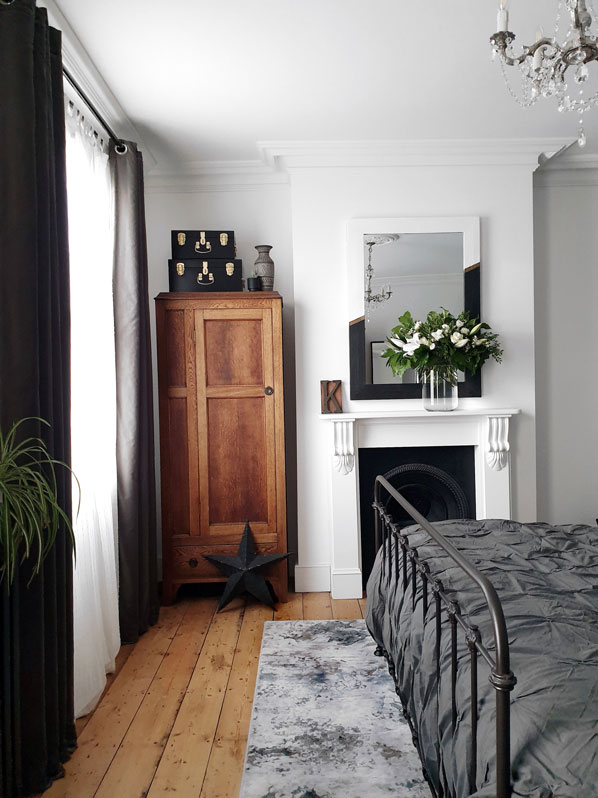
3. Mix old with new
If you’re thinking of redecorating, don’t go overboard and make the mistake of simply adopting a whole style straight from one retailer, warns Hall.
“You don’t want your home to look like it was dragged-and-dropped direct
from a furniture showroom (no matter how lush the showroom in question might be),” says Hall.
“Instead,” she adds, “make the most of what you already have, and elevate the look with a few pieces that are more of-the-moment, so it retains your personality.
“That doesn’t mean holding on to a past-its-sell-by-date flat-pack bookcase or hated heirloom. Bring in new pieces by all means, but before you do, think creatively about what you already own that could be re-purposed, re-positioned, repainted, or recovered. Bear in mind that previously unpopular ‘brown’ furniture is truly enjoying a revival.”
INSTA-TIP: There are so many trends on Instagram and Pinterest, it’s easy to get carried away and constantly want the ‘latest’ look. “It can be more successful to make regular small purchases,” says Hall, “so you just reflect a new look in a small detail or colour and retain your core design ethos.”
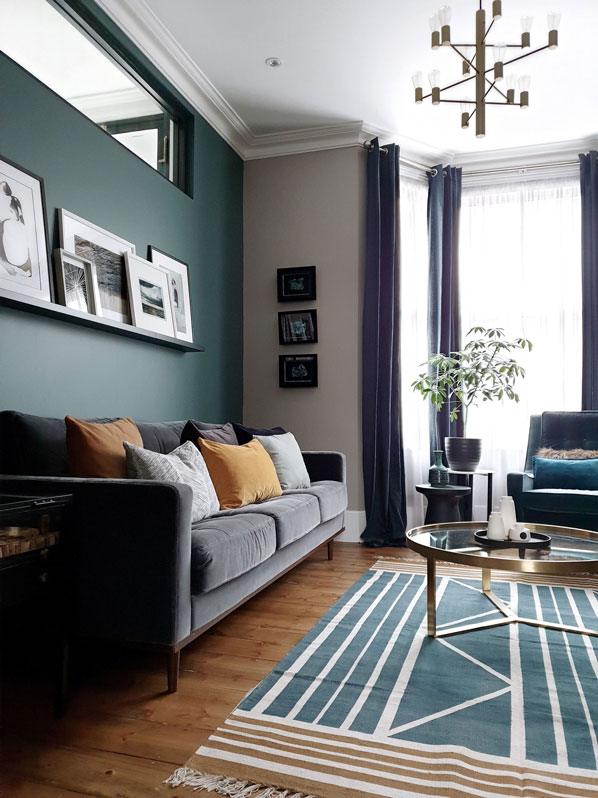
4. Banish bare walls
“A sure-fire way of making a room uninspiring is to plonk one lonely little picture on the wall and call it a day,” says Hall. “But the good news is, it’s easier than ever to find original or limited-edition art at affordable prices.
“You can find unique prints at online suppliers that won’t break the bank, or head to local art fairs, makers’ market or student art shows to bag wall decor that will set your Instagram feed apart.
“Don’t be narrow about your interpretation of art, as it doesn’t end at works on paper or canvas,” she adds. “Think contemporary textiles, wood crafts, self-adhesive murals and more. The possibilities for jazzing up an empty wall space are endless.”
INSTA TIP: Every room should have a focal point, says Hall, whether that’s a special feature or piece of furniture or art work that is really ‘wow’. Style your room around that.
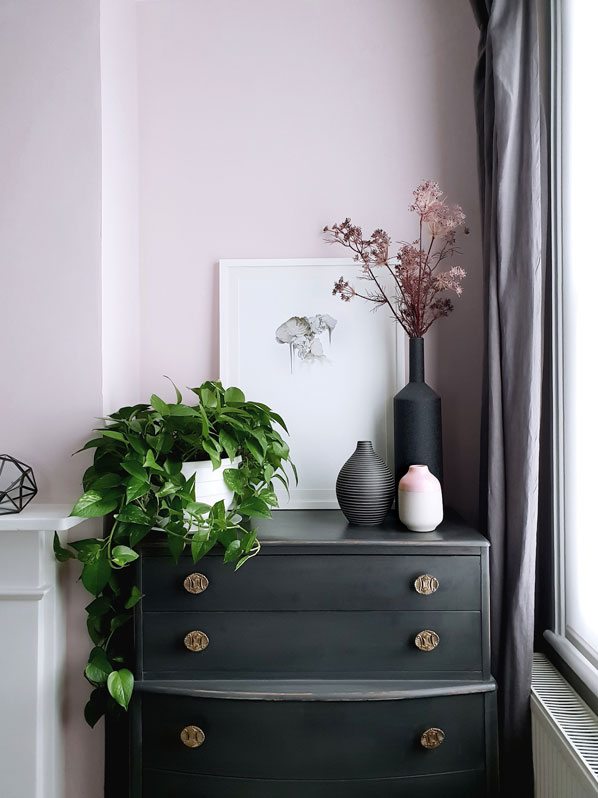
5. Make it yours
“Its really important to have something unique in every room, that not everyone else can go out and buy – a star piece,” says Hall.
“It can be vintage, bespoke, something up-cycled – but it must be something that gives your home personality. I think a really important thing on Instagram is that people should be able to look at an image of yours, and know immediately that it’s yours.
“That can be difficult because there’s a lot of trends, and for months you can find everyone has the same print or chair, but finding those really special pieces is a good way of ensuring your home has its own special ‘stamp’ and identity.”
If you can’t find what you want for a room, design your own, she suggests. It can be more affordable than you think, and local craftsmen or artists or retailers may be prepared to bespoke a piece for you.
INSTA-TIP: Most people look at Instagram on their phones, so don’t try to cram too much into one shot. Use what’s called ‘negative space’ or try to narrow down the focus of the shot. A whole room can get lost in one image, so take several shots taken from different angles and close-ups of details. It’s about contrast between interesting things to look at, and giving items breathing space and allowing them to impress.

6. Use natural light for winning shots
Lighting is super-important, stresses Hall. “I don’t use any artificial light in my images, and if it can be avoided, it should be. Natural daylight is always best.
“Of course, it depends a lot on individual properties and the kind of light you have at home, as well as your window treatments. But for me, bright sunshine makes it hard to take clear images. I always try to shoot on a bright but cloudy day.
“This is especially important if, like me, you only use your phone for photography. Having great images is probably 95% of what Instagram is about, and if they’re fuzzy, blurry or unclear, you won’t get the hits.”
INSTA-TIP: Don’t over-style – you don’t need to karate chop your cushions or iron creases into your curtains. Your home will be more enticing if it looks like just that – a place you love to be in – not a staged set piece.
The Ideal Home Show – the world’s longest running exhibition – runs at Olympia London until Sunday, April 7. For more information, see Idealhomeshow.co.uk

